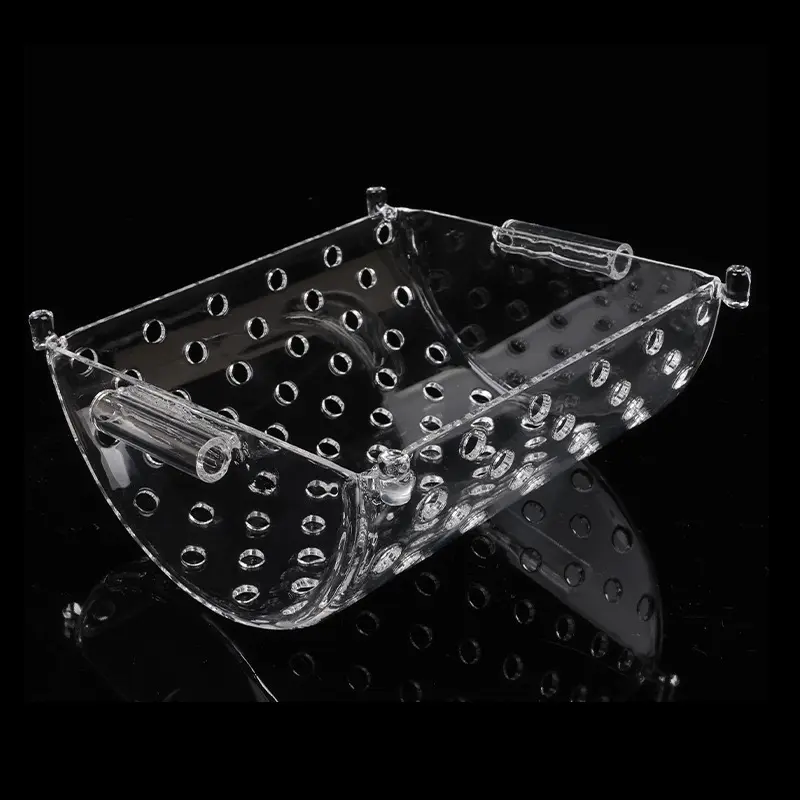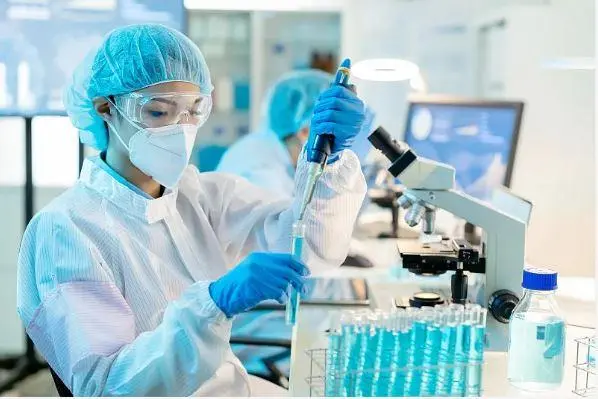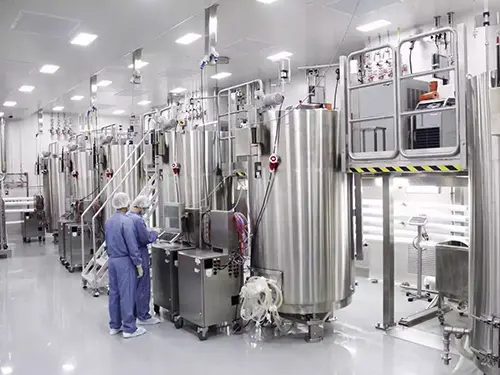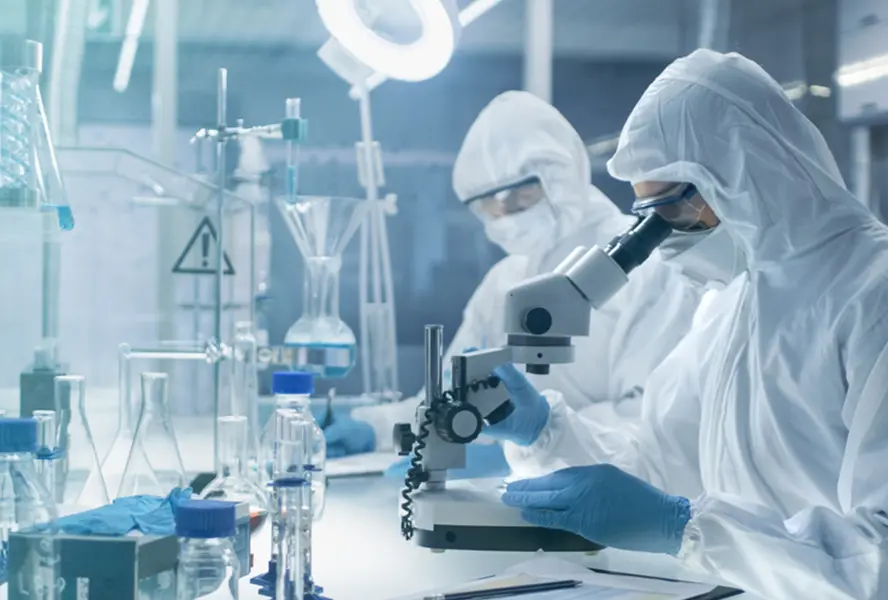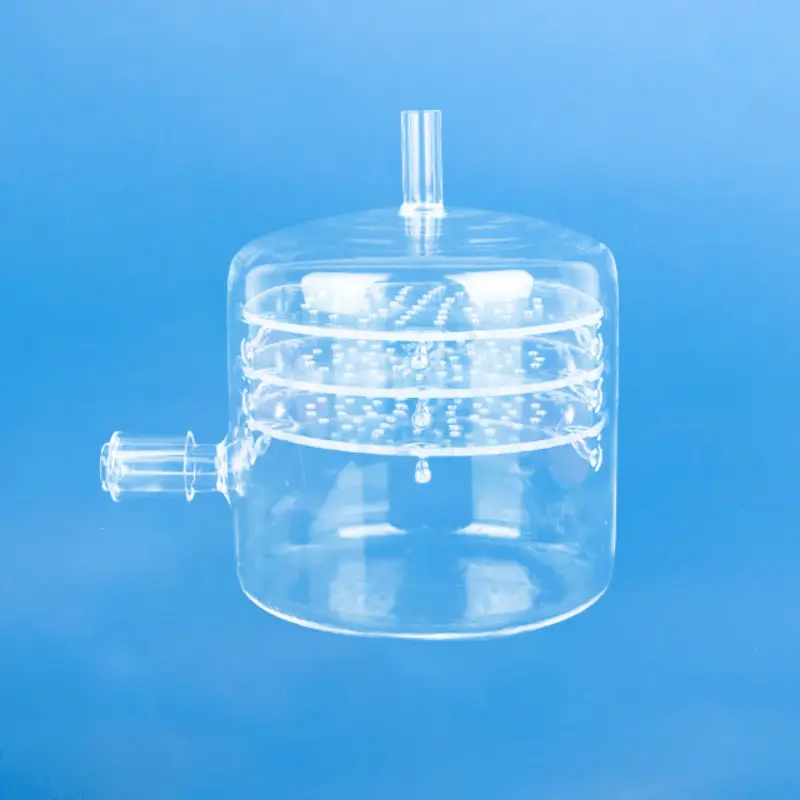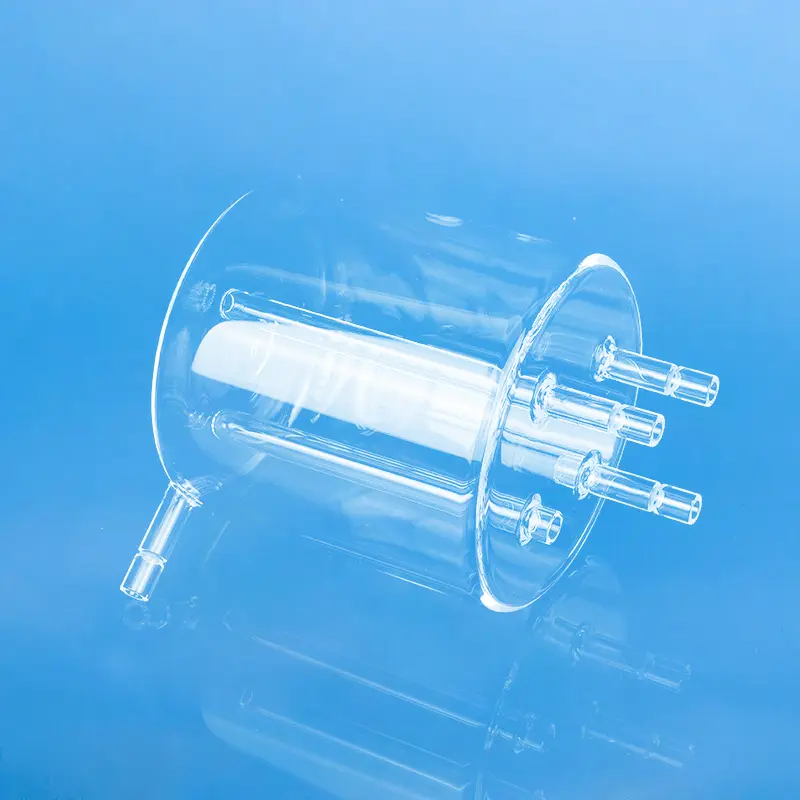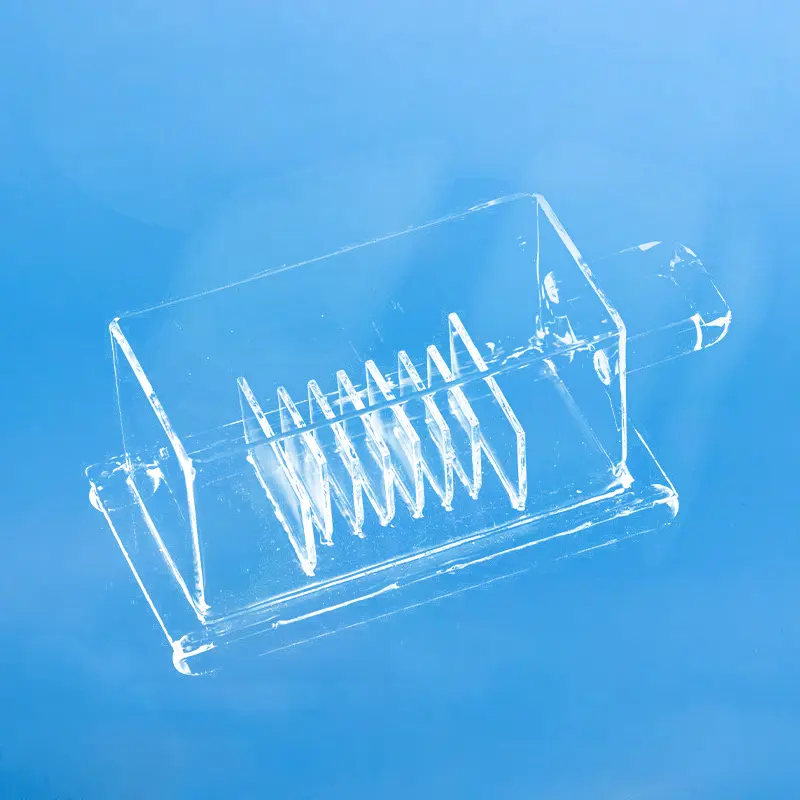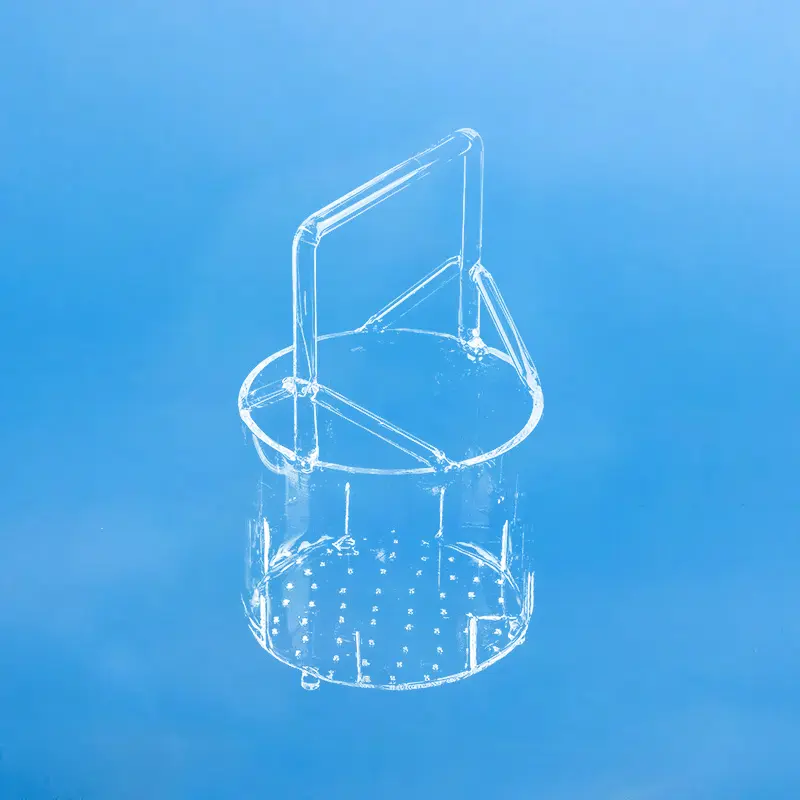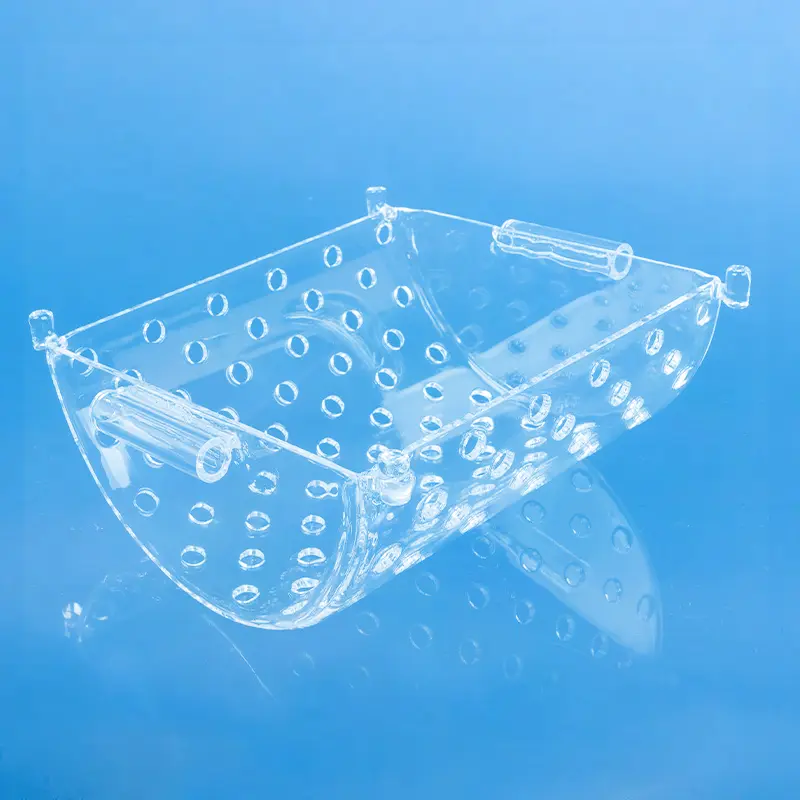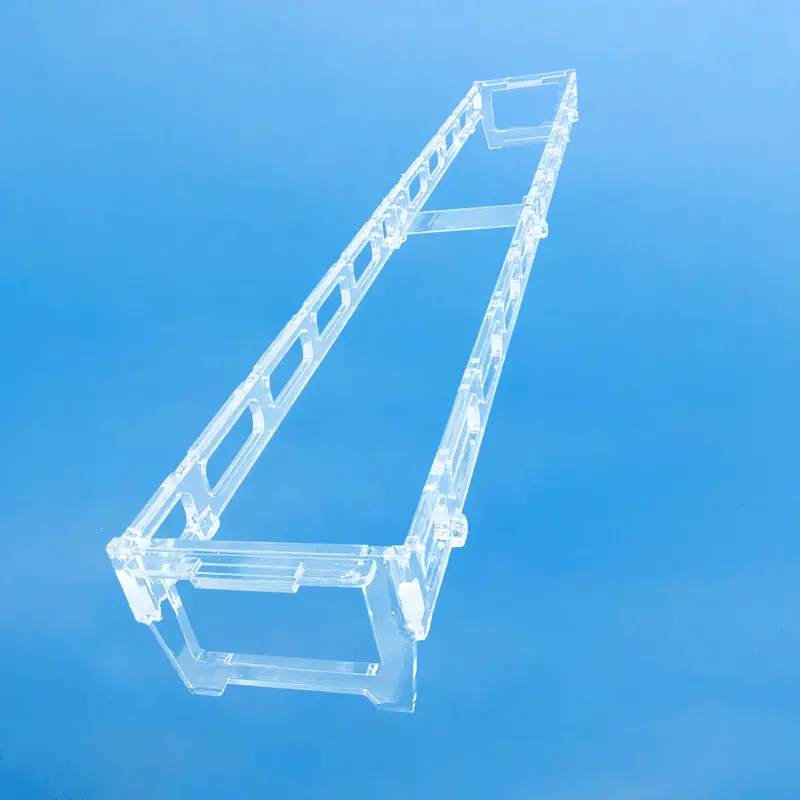Quartz boats, a commonly used piece of equipment in laboratory and industrial production, offer a range of excellent properties and diverse applications.
| 物件内容 | 資産価値 |
|---|---|
| 二酸化ケイ素 | 99.99% |
| 密度 | 2.2×10³ kg/cm³ |
| 硬度 | 5.5 - 6.5 モース硬度 570 KHN 100 |
| 引張強度 | 4.8×10⁷ Pa (N/mm2) (7000 psi) |
| 圧縮強度 | >1.1×10⁹Pa (160,000 psi) |
| 熱膨張係数 | 5.5×10-⁷cm/cm-°C (20°C-320°C) |
| 熱伝導率 | 1.4 W/m-°C |
| 比熱 | 670 J/kg-°C |
| 軟化点 | 1730度C(3146度F) |
| アニーリングポイント | 1210度C(2210度F) |
| ストレイン・ポイント | 1120度C(2048度F) |
| 作業温度 | 1200°C |
| 電気抵抗率 | 7×10⁷Ωcm (350°C) |
| サイズ | カスタマイズ |
| ロゴ | カスタマイズされたロゴ |
Main Composition
Quartz boats are primarily made of high-purity quartz glass, with silicon dioxide (SiO2) as its main component. This material exhibits unique physical and chemical properties.
高温耐性
Quartz glass has exceptional high-temperature resistance, maintaining stability and resisting deformation or melting even in high-temperature environments. This makes quartz boats ideal for high-temperature processing.
Chemical Stability
Quartz glass possesses excellent chemical resistance to various substances, including acids and bases. This characteristic enables quartz boats to carry corrosive liquids and gases in chemical experiments.
光伝送
QQuartz glass provides good light transmission, allowing light to penetrate. This is highly useful in applications where it is necessary to observe internal reactions or conduct optical experiments.
アプリケーション・シナリオ
A quartz boat is a high-temperature processing container used in semiconductor manufacturing. It is typically made of high-purity quartz glass and serves to hold silicon wafers during high-temperature processing.
When using a quartz boat, precautions regarding high-temperature safety, chemical corrosion protection, and adherence to operating procedures must be followed to ensure the safety of personnel and the normal functioning of the equipment.
Quartz boats can be customized to fit various silicon wafer sizes, ensuring the stability and safety of the wafers during high-temperature processing.
よくある質問
石英ガラスは硬くて脆い材料で、物理的、化学的性質が優れ、機械的硬度が非常に高く、電気絶縁性がよく、高温と耐食性に優れ、遅延性能が低く安定で、光透過性がよい。半導体、光学、電気、化学、航空宇宙、自動車などの分野で広く使用されている。硬くて脆い材料は加工が難しく、多くの分野で刃先の倒れが小さく、材料ロスが少なく、断面粗さが小さく、切断厚さ範囲が広い切断加工が急務となっている。石英ガラスの伝統的な切断方法は機械的切断、すなわち砥石切断である。非伝統的な切断方法には、ウォータージェット切断、電気化学放電ワイヤー切断、連続レーザー切断などがある。機械的切断はコストが低いが、ホイールと材料が接触するため工具の摩耗が大きく、材料が工具によって汚染されやすい。石英ガラスはエッジ崩壊、マイクロクラック、残留応力が発生しやすく、材料の強度や性能に影響する!曲線切断が難しく、研削や研磨などの後処理が必要。レーザー切断は材料に直接触れないため、接触応力がなく、複雑な曲線切断が可能です。ピコ秒レーザーは、スポット径が小さい、精度が高い、材料との作用時間が短い、作用面積が小さいなどの利点があり、硬くて脆い材料の加工に適しています。
。

